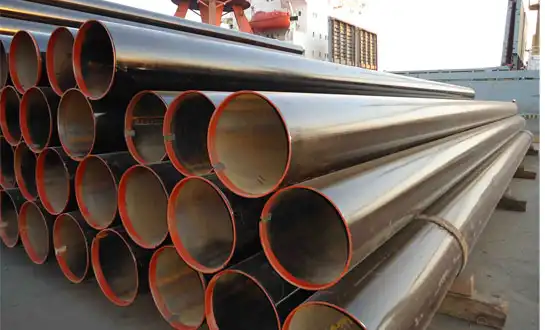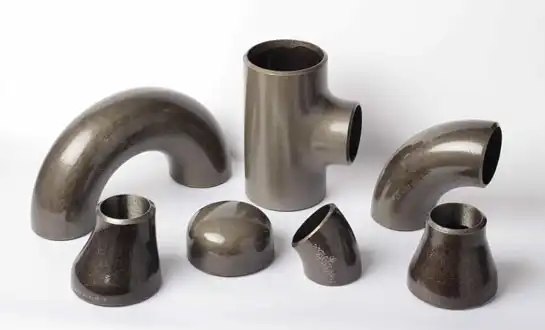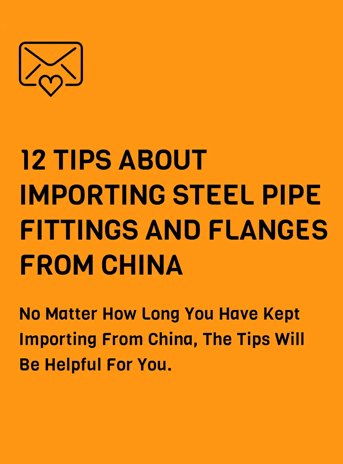API 5L PSL1 vs PSL2: When to Invest in Enhanced Inspection and Testing for Pipeline Projects?
Selecting the appropriate API 5L specification level for pipeline projects significantly impacts both initial investment and long-term operational reliability. The choice between PSL1 and PSL2 specifications directly influences the quality requirements for steel pipes, inspection protocols, and the compatibility with critical components like butt weld fittings. Understanding when enhanced inspection and testing justify additional costs requires careful evaluation of project demands, environmental conditions, and safety requirements. This comprehensive analysis examines the technical differences, cost implications, and strategic considerations that guide optimal specification selection for various pipeline applications.
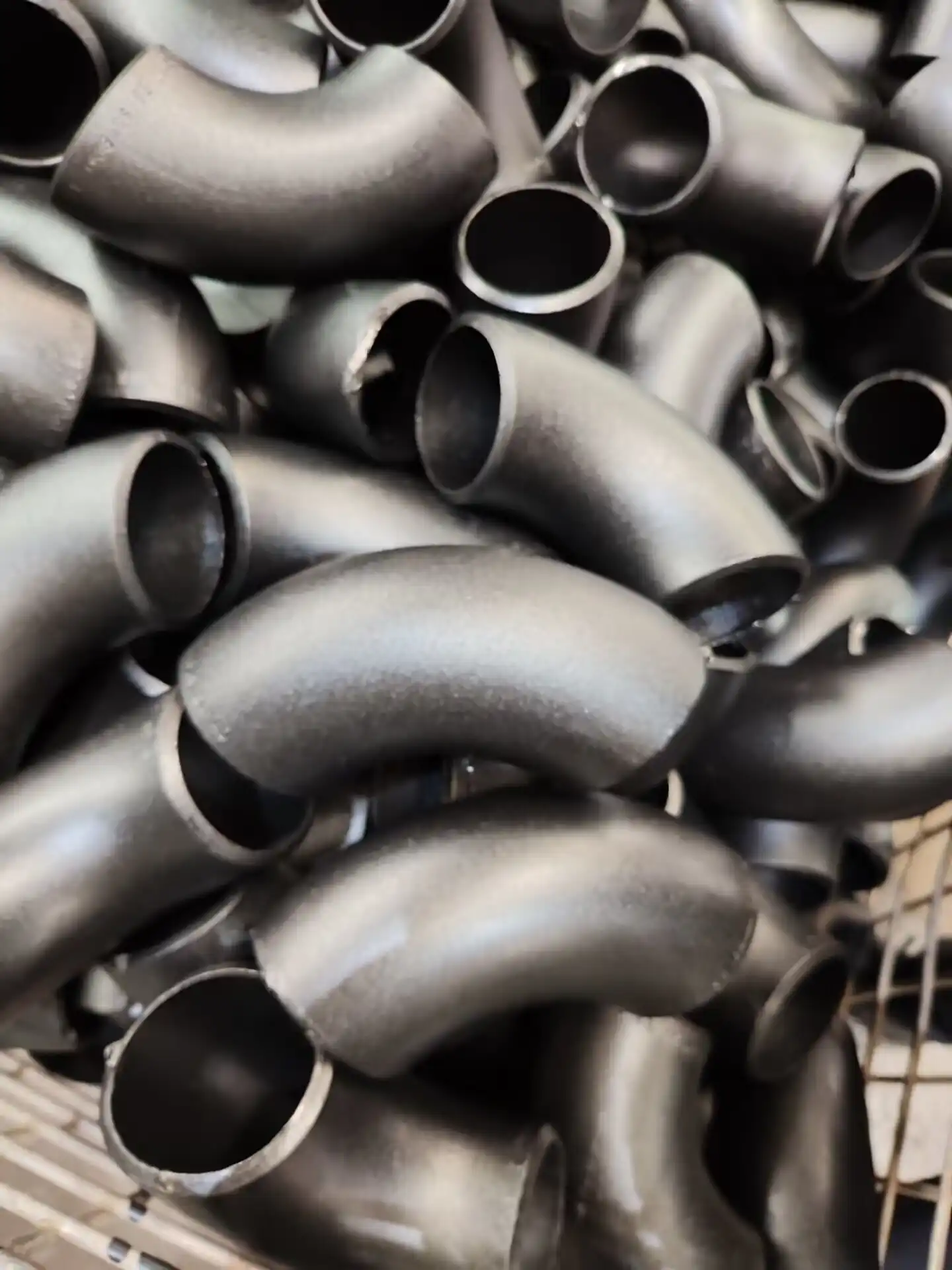
Understanding the Technical Differences Between API 5L PSL1 and PSL2 Specifications
Chemical Composition Requirements and Material Properties
API 5L PSL2 specifications impose stricter chemical composition limits compared to PSL1, particularly regarding sulfur and phosphorus content, which directly affects the weldability and performance of butt weld fittings. The enhanced chemical requirements in PSL2 reduce the maximum sulfur content to 0.015% and phosphorus to 0.025%, compared to PSL1's more lenient 0.030% for both elements. This tighter control results in improved ductility, toughness, and reduced susceptibility to hydrogen-induced cracking, making PSL2 pipes more suitable for demanding applications where butt weld fittings must maintain integrity under extreme conditions. The superior chemical composition also enhances the metallurgical compatibility between pipes and fittings, ensuring consistent mechanical properties throughout the welded joint. These improvements become particularly critical in high-pressure, high-temperature, or corrosive environments where material degradation could compromise system integrity.
Mechanical Testing Standards and Quality Assurance
PSL2 specifications require more comprehensive mechanical testing protocols, including mandatory Charpy V-notch impact testing at specified temperatures, which PSL1 does not require. This enhanced testing regime ensures that both the pipe material and butt weld fittings demonstrate adequate toughness at operating temperatures, preventing brittle failure modes that could result in catastrophic system failures. The impact testing requirements vary based on pipe grade and wall thickness, with PSL2 demanding minimum energy absorption values that guarantee material performance under dynamic loading conditions. Additionally, PSL2 requires tensile testing of all pipe sizes, while PSL1 only mandates testing for pipes with outside diameters exceeding 12.75 inches. This comprehensive testing approach provides greater confidence in the mechanical properties of the pipe system, particularly important when integrating butt weld fittings that must transfer loads effectively between pipe segments without creating stress concentration points.
Dimensional Tolerances and Manufacturing Controls
The dimensional accuracy requirements under PSL2 are significantly more stringent than PSL1, affecting both pipe geometry and the precision required for butt weld fittings installation. PSL2 specifications limit wall thickness variations to tighter tolerances, ensuring more consistent fit-up conditions when installing butt weld fittings and reducing the likelihood of misalignment issues that could compromise weld quality. The enhanced dimensional controls also extend to ovality limits, straightness requirements, and end preparation specifications, all of which directly impact the effectiveness of butt weld fittings connections. These tighter tolerances facilitate automated welding processes and improve the reliability of field assembly operations, particularly important in large-diameter pipeline projects where precise fit-up is critical for maintaining structural integrity. The improved dimensional consistency also reduces the need for field modifications and rework, ultimately lowering installation costs despite the higher initial material investment.
Cost-Benefit Analysis for Enhanced Pipeline Inspection Investment
Initial Capital Investment Considerations
The decision to specify PSL2 over PSL1 involves approximately 15-25% higher material costs, but this premium must be evaluated against the total project lifecycle value, including the enhanced reliability of butt weld fittings connections. The additional costs stem from more rigorous manufacturing processes, comprehensive testing requirements, and tighter quality control measures that ensure superior material properties. However, these higher upfront costs often translate to reduced field inspection requirements, fewer quality issues during installation, and improved long-term performance of butt weld fittings assemblies. The investment in PSL2 specifications becomes particularly justified in critical applications where system downtime costs far exceed the initial material premium. Projects involving challenging environmental conditions, such as offshore installations or arctic pipelines, typically realize significant value from the enhanced reliability that PSL2 specifications provide, especially when considering the performance of welded connections and butt weld fittings under extreme conditions.
Long-term Operational Benefits and Risk Mitigation
PSL2 specifications provide substantial long-term operational advantages through reduced maintenance requirements, extended service life, and improved system reliability, particularly for butt weld fittings connections that experience cyclic loading. The enhanced material properties and manufacturing quality reduce the likelihood of premature failures, corrosion-related issues, and stress-induced cracking that could compromise pipeline integrity. Field experience demonstrates that PSL2 pipelines typically exhibit 20-30% fewer maintenance incidents compared to PSL1 systems, with particular improvements in the performance of welded joints and butt weld fittings connections. The superior toughness characteristics of PSL2 materials provide better resistance to fatigue loading, thermal cycling, and pressure fluctuations that commonly affect pipeline systems. These reliability improvements translate to reduced inspection frequencies, lower maintenance costs, and decreased environmental risk exposure, making PSL2 specifications economically attractive for high-consequence pipeline projects.
Project-Specific Value Engineering Considerations
The value proposition for PSL2 specifications varies significantly based on project-specific factors including operating conditions, accessibility for maintenance, regulatory requirements, and the criticality of butt weld fittings performance. High-pressure transmission pipelines, particularly those operating above 1000 psi, typically justify PSL2 investment due to the enhanced safety margins and improved crack propagation resistance. Similarly, pipelines in environmentally sensitive areas or those with limited maintenance access benefit from the superior reliability of PSL2 materials and the reduced likelihood of failures in butt weld fittings connections. The decision matrix should also consider the availability of qualified welding personnel, as PSL2 materials may require specialized welding procedures and additional qualification requirements. Projects with aggressive completion schedules may find value in PSL2's improved dimensional consistency and reduced field fit-up issues, which can accelerate installation timelines and reduce construction risks associated with butt weld fittings assembly.
Strategic Implementation Guidelines for Pipeline Project Specification Selection
Application-Specific Selection Criteria
The selection between PSL1 and PSL2 specifications should be based on a systematic evaluation of operating parameters, environmental conditions, and the specific requirements for butt weld fittings performance in the intended application. High-consequence pipelines, including those transporting hazardous materials or operating in populated areas, typically warrant PSL2 specifications due to the enhanced safety margins and improved material properties. Offshore and subsea applications almost universally benefit from PSL2 requirements, as the challenging installation environment and limited maintenance access justify the investment in superior material quality and more reliable butt weld fittings connections. Cold climate applications also favor PSL2 specifications due to the mandatory impact testing requirements that ensure adequate toughness at low operating temperatures. The decision framework should consider not only the immediate operating conditions but also potential future service requirements and regulatory changes that might affect system performance expectations.
Integration with Overall Pipeline Design Philosophy
PSL2 specifications align well with modern pipeline design philosophies that emphasize system reliability, environmental protection, and operational efficiency, particularly in applications where butt weld fittings must maintain integrity throughout extended service life. The enhanced material properties and quality assurance measures support leak-tight operations and reduce the environmental risk profile of pipeline systems. Design engineers should consider the compatibility between PSL2 pipe specifications and other system components, ensuring that butt weld fittings, valves, and auxiliary equipment meet comparable quality standards to avoid creating weak points in the overall system. The specification selection should also align with the chosen inspection and maintenance strategy, as PSL2 systems may support extended inspection intervals and condition-based maintenance approaches. Integration considerations extend to welding procedures, field construction practices, and quality assurance protocols that must be adapted to fully realize the benefits of PSL2 specifications.
Regulatory Compliance and Industry Best Practices
Current industry trends increasingly favor PSL2 specifications for new pipeline construction, driven by evolving regulatory requirements, insurance considerations, and corporate risk management policies that emphasize the reliability of butt weld fittings and other critical components. Many operators now specify PSL2 as standard practice for transmission pipelines, recognizing that the long-term benefits outweigh the initial cost premium. The enhanced documentation and traceability requirements associated with PSL2 specifications also support regulatory compliance and facilitate pipeline integrity management programs. Industry best practices increasingly recognize that the investment in PSL2 specifications pays dividends through reduced operational risks, improved regulatory compliance, and enhanced public confidence in pipeline safety. The specification decision should consider future regulatory developments and industry standards evolution, as PSL2 requirements may become more prevalent in certain applications or geographic regions where butt weld fittings performance is critical to system integrity.
Conclusion
The decision between API 5L PSL1 and PSL2 specifications represents a strategic investment in pipeline reliability and long-term operational success. While PSL2 requires higher initial capital investment, the enhanced material properties, comprehensive testing requirements, and improved butt weld fittings compatibility typically justify the additional cost through reduced maintenance, improved safety margins, and extended service life. The selection should be based on systematic evaluation of project-specific requirements, operating conditions, and risk tolerance rather than solely on initial cost considerations.
HEBEI RAYOUNG PIPELINE: Your Trusted Butt Weld Fittings Manufacturers and Suppliers
At HEBEI RAYOUNG PIPELINE TECHNOLOGY CO., LTD., we understand the critical importance of specification compliance and material quality in pipeline projects. As leading pipes and fittings manufacturers, we supply high-quality steel pipes and butt weld fittings that meet both API 5L PSL1 and PSL2 requirements, ensuring your projects benefit from superior materials regardless of specification level. Our commitment to consistent quality, ISO 9001:2015 certification, and innovation in every application makes us your ideal partner for demanding pipeline projects. With GOST-R and SGS certifications validating our export compliance and quality standards, we deliver the reliability your projects demand. Ready to discuss your pipeline requirements and explore how our premium butt weld fittings can enhance your project success? Contact our technical team today at info@hb-steel.com for expert consultation and competitive solutions.
References
1. American Petroleum Institute. "API Specification 5L: Specification for Line Pipe." 46th Edition, Washington DC: API Publishing Services, 2018.
2. Palmer, A.C. and King, R.A. "Subsea Pipeline Engineering." 2nd Edition, Tulsa: PennWell Corporation, 2008.
3. Mohitpour, M., Golshan, H., and Murray, A. "Pipeline Design and Construction: A Practical Approach." 3rd Edition, New York: ASME Press, 2007.
4. Bai, Y. and Bai, Q. "Subsea Pipeline Integrity and Risk Management." Oxford: Gulf Professional Publishing, 2014.
5. International Association of Oil and Gas Producers. "Pipeline Transportation Systems for CO2 and Energy Transition." Report 123, London: IOGP Publications, 2021.
6. Det Norske Veritas. "Recommended Practice DNV-RP-F101: Corroded Pipelines." Høvik: DNV GL Group, 2017.

Need a quote? Want to see samples? Just say hello. We’re friendly. We’re fast. And we’re ready when you are.
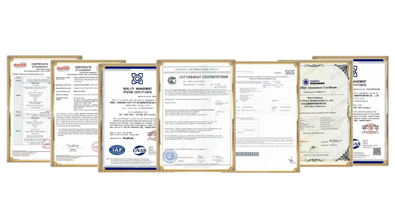
Welcome to RAYOUNG – Strong Pipes, Stronger Promise
